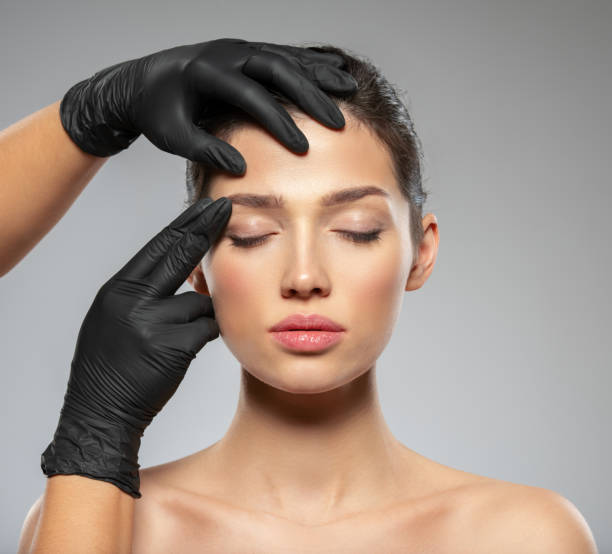When considering dermal fillers, there are several “don’ts” to keep in mind to ensure safety and satisfactory results:
- Don’t opt for unqualified providers: Only trust licensed medical professionals like dermatologists, plastic surgeons, or trained nurse injectors for dermal filler injections. Avoid beauty salons or non-medical professionals offering these services.
- Don’t ignore allergies or medical conditions: Inform your provider about any allergies or medical conditions you have, especially those related to bleeding disorders or autoimmune diseases. Certain allergies or conditions might make you unsuitable for dermal fillers.
- Don’t rush the decision: Take your time to research and understand the procedure, potential risks, and expected outcomes. Rushing into dermal filler injections without proper knowledge can lead to dissatisfaction or complications.
- Don’t expect immediate perfection: Results may take time to fully develop and settle. Don’t judge the outcome immediately after the injection. Swelling and bruising are common initially, and the final result may take a few days to weeks to become apparent.
- Don’t overdo it: Less is often more with dermal fillers. Overfilling can lead to an unnatural appearance or complications such as lumpiness or asymmetry. Work with your provider to achieve a natural-looking enhancement that complements your features.
- Don’t ignore potential side effects: Be aware of potential side effects such as bruising, swelling, redness, or itching at the injection site. If you experience severe or persistent side effects, contact your provider immediately.
- Don’t mix treatments without consulting your provider: Some treatments, such as certain laser therapies or chemical peels, may not be compatible with dermal fillers. Always consult with your provider before combining treatments to avoid adverse reactions or complications.
- Don’t skip aftercare instructions: Proper aftercare is crucial for optimal results and minimizing the risk of complications. Follow your provider’s instructions regarding activities to avoid, skincare products to use or avoid, and any other post-treatment guidelines.
- Don’t assume permanent results: Most dermal fillers are temporary and will eventually break down naturally in the body. Understand the longevity of the filler used and be prepared for the need for maintenance treatments to sustain results.
- Don’t neglect follow-up appointments: Schedule follow-up appointments as recommended by your provider. These appointments allow your provider to assess the results, address any concerns, and determine if additional treatments are needed.

How long does it take for fillers to settle?
The time it takes for dermal fillers to settle varies from person to person and depends on factors such as the type of filler used, the treatment area, individual healing factors, and the amount injected. However, here’s a general timeline:
- Immediate results: You’ll notice some immediate improvement in the treated area, but it may appear slightly swollen or bruised.
- Initial settling: Over the first few days to a week, swelling and bruising typically subside, and the filler starts to integrate with the surrounding tissues. During this time, the treated area may still feel firm or slightly swollen.
- Final results: The final results usually become more apparent within two weeks to a month after the injection. By this time, any residual swelling or bruising should have resolved, and the filler will have settled into its optimal position. The treated area should look natural and feel soft to the touch.
Keep in mind that individual experiences may vary, and some people may notice faster or slower settling times. Following your provider’s aftercare instructions and avoiding activities that could exacerbate swelling (such as vigorous exercise or excessive sun exposure) can help optimize the healing process and speed up the settling of the fillers. If you have any concerns about the appearance or feel of the treated area during the settling period, don’t hesitate to contact your provider for guidance.
